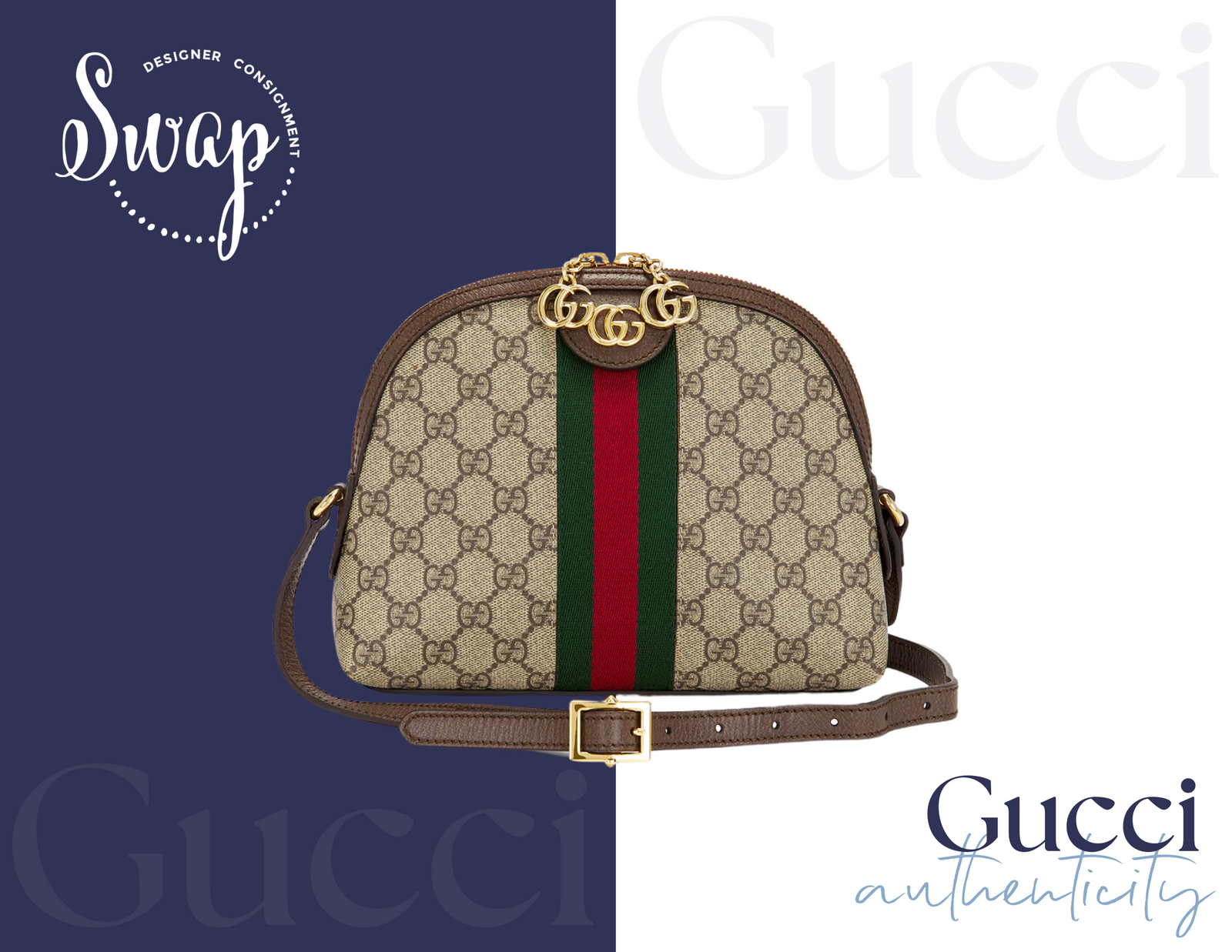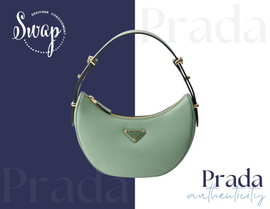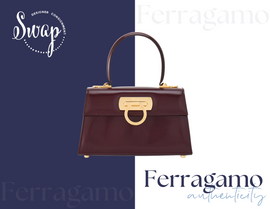Gucci Authenticity
Gucci. Just saying the name conjures up visions of high fashion, bold style statements, and timeless elegance. Since its founding in 1921 by Guccio Gucci in Florence, Italy, the brand has grown into one of the most recognizable and revered names in luxury fashion. From its iconic interlocking G logo to its constant reinvention of classic styles, Gucci has never stopped pushing creative boundaries.
At Swap Boutique, we know how exciting it is to get your hands on a stunning Gucci piece—whether it’s a vintage handbag, a statement belt, or a pair of timeless loafers. But we also know how tricky it can be to tell the difference between a real deal and a too-good-to-be-true counterfeit. With the popularity of the brand skyrocketing in recent years, so has the production of fakes.
That’s why we’ve put together this guide—to help you feel confident in spotting the telltale signs of authentic Gucci craftsmanship. Whether you’re buying, consigning, or just love learning about luxury fashion, this breakdown of Gucci’s key authenticity features will have you inspecting like a pro.
Logo and Branding
Let’s start with the obvious: the logo. The interlocked double Gs are as iconic as it gets in fashion. But Gucci has played with its branding over time, so knowing what to look for is key. One constant? Consistency. The word “Gucci” should always be spelled correctly (yes, we’ve seen some wild ones out there), with clean, crisp font and no bleeding or fading in the lettering.
The placement of the branding—inside linings, on tags, and hardware—should feel purposeful and aligned. If the logo is off-center, smudged, or strangely placed, it’s likely not authentic. Authentic Gucci branding is subtle, sharp, and always beautifully executed.
Hardware
Gucci’s hardware—think zippers, clasps, buckles—isn’t just functional, it’s part of the design. The materials and finish have changed a bit over the decades, evolving from polished brass in the ’80s to silver-toned pieces in the ’90s and even palladium in more recent years.
Real Gucci hardware will always feel substantial in your hand—never flimsy. The engraving of the logo on these elements is another clue. It should be clear and well-proportioned, not etched poorly or hastily done. Uniformity in the metal finish is also a good sign: authentic Gucci won’t mix mismatched tones.
Stitching
This might seem like a small detail, but it’s a big deal. Authentic Gucci pieces boast impeccable stitching, and the brand uses specialized machines to get it just right. When you inspect a real Gucci item, you’ll notice small, even stitches—typically about six to seven per centimeter—and no loose threads or skipped lines.
The stitch color should complement the material and maintain consistency across the entire piece. Uneven, sloppy, or overly spaced-out stitches are a red flag that the piece may not be the real deal.
Leather
Gucci’s leather selection is a work of art in itself. The brand frequently uses high-end leathers like calfskin, lambskin, and exotic skins, with textures ranging from smooth and buttery to richly grained. When you run your hand over authentic Gucci leather, it should feel soft, supple, and luxe—with no plastic-like stiffness or chemical scent.
The grain should look natural and consistent. It’s also worth checking for any glaring imperfections. While all leather has character, luxury leather should never look poorly treated or overly processed.
Canvas
While Gucci is known for its leathers, don’t overlook its canvas pieces. The GG Supreme canvas is legendary, especially among vintage fans. This coated canvas material is lightweight, durable, and water-resistant—yet still elegant.
A true Gucci canvas piece will have uniform, mirrored logos and a smooth, high-quality feel. There shouldn’t be any cracks, bubbling, or inconsistencies in the pattern. If it feels rough or looks off-center, it’s probably not authentic.
Serial Numbers
Every authentic Gucci item comes with a unique serial number—usually located inside the piece, typically on a leather tag. This number is often split across two lines and should correspond with the numbers on the original receipt or authenticity card.
Serial number formats have changed slightly over the years, so it helps to know what’s current. Still, a mismatch, smudged numbers, or poor embossing are all signs something’s not quite right. Remember, authentic tags feel sturdy and are cleanly stamped—not just printed on or hastily sewn in.
Let’s be honest—luxury fashion is an investment. Whether you're purchasing pre-loved pieces or clearing space in your closet to consign them, knowing how to authenticate Gucci ensures you're getting the quality you’re paying for (or earning what your piece is truly worth!).
At Swap Boutique, we take authenticity seriously. Our trained team uses a combination of experience, technology, and a whole lot of fashion know-how to inspect each item before it hits the floor or site. We want our community to feel confident shopping and consigning with us, knowing each piece tells a genuine luxury story.
Gucci’s legacy isn’t just built on its stylish designs—it’s about innovation, craftsmanship, and cultural influence. From red carpets to runways to the streets, Gucci has remained relevant decade after decade. In fact, in 2018, it was awarded “Brand of the Year” by The Fashion Awards—one of many accolades that reinforce its dominance in the fashion world.
As you explore the world of Gucci—whether you’re discovering a new piece or consigning a beloved one—having these authenticity insights in your back pocket can make all the difference. Look for consistent branding, top-notch stitching, luxurious materials, and, of course, those trusty serial numbers.
And if you're ever in doubt or just want a second opinion, the team at Swap Boutique is always here to help. We’re passionate about fashion and love helping our clients make informed, confident choices. Because when it comes to luxury, it’s not just about looking good—it’s about knowing what you’ve got.




